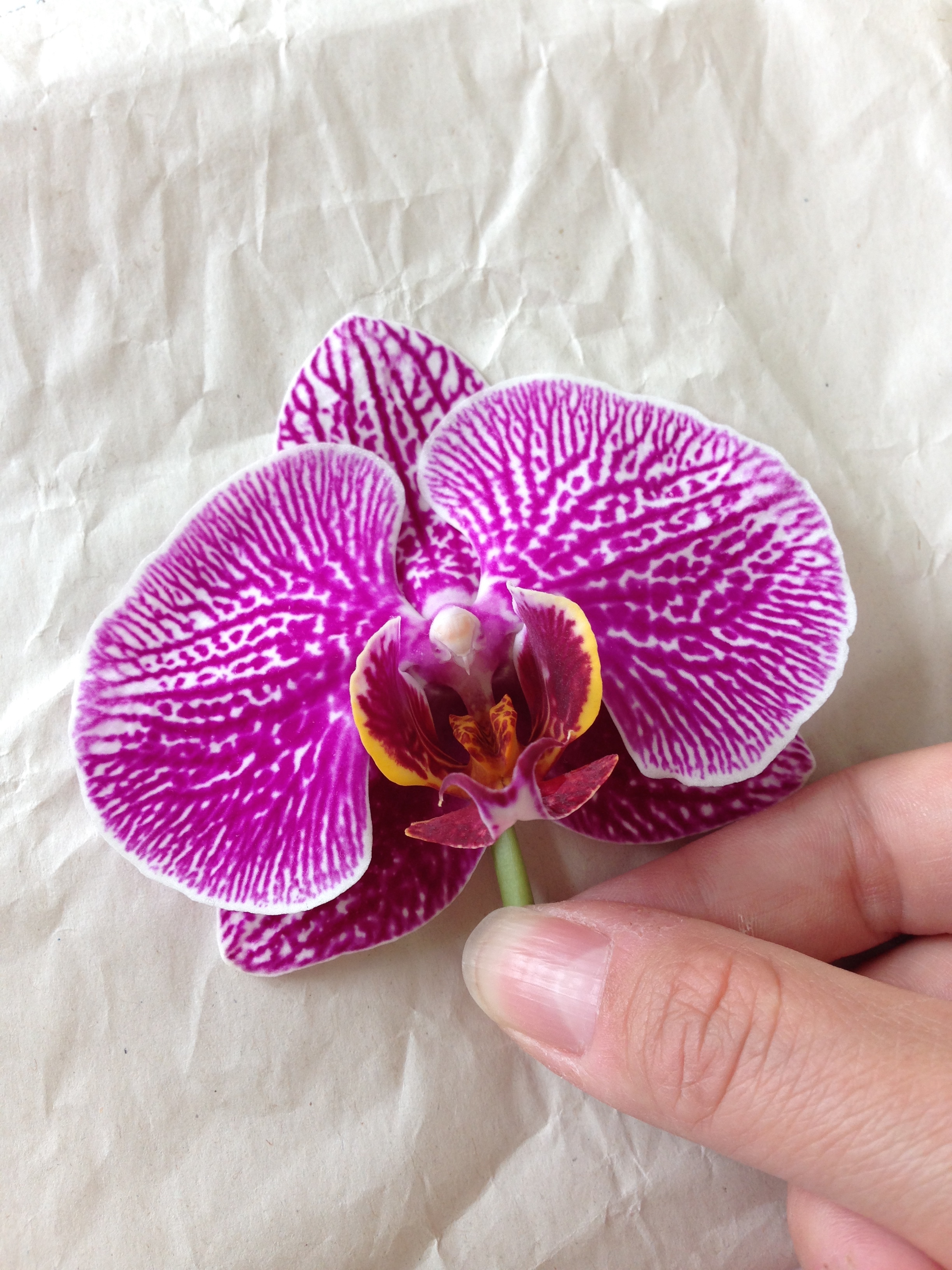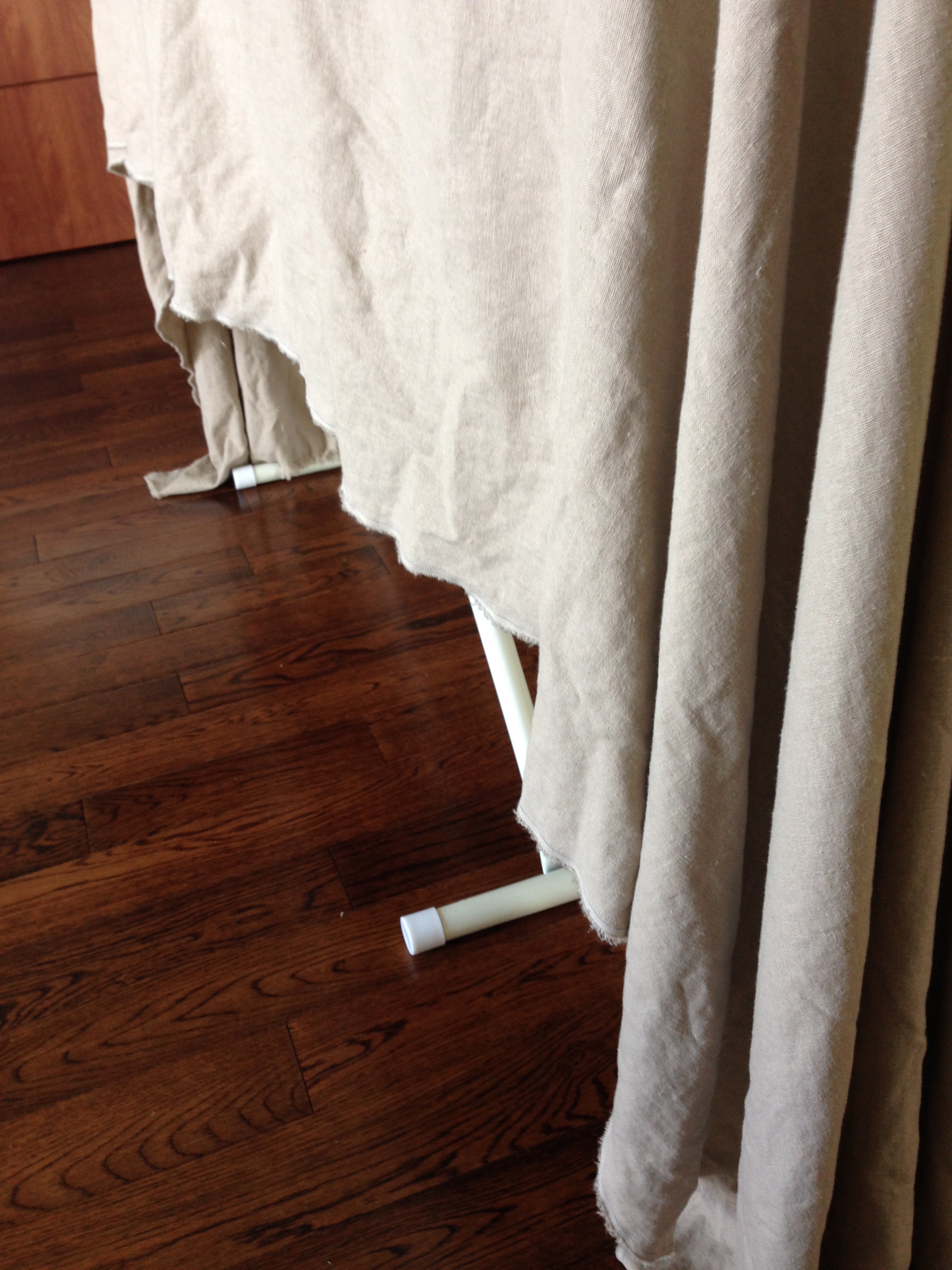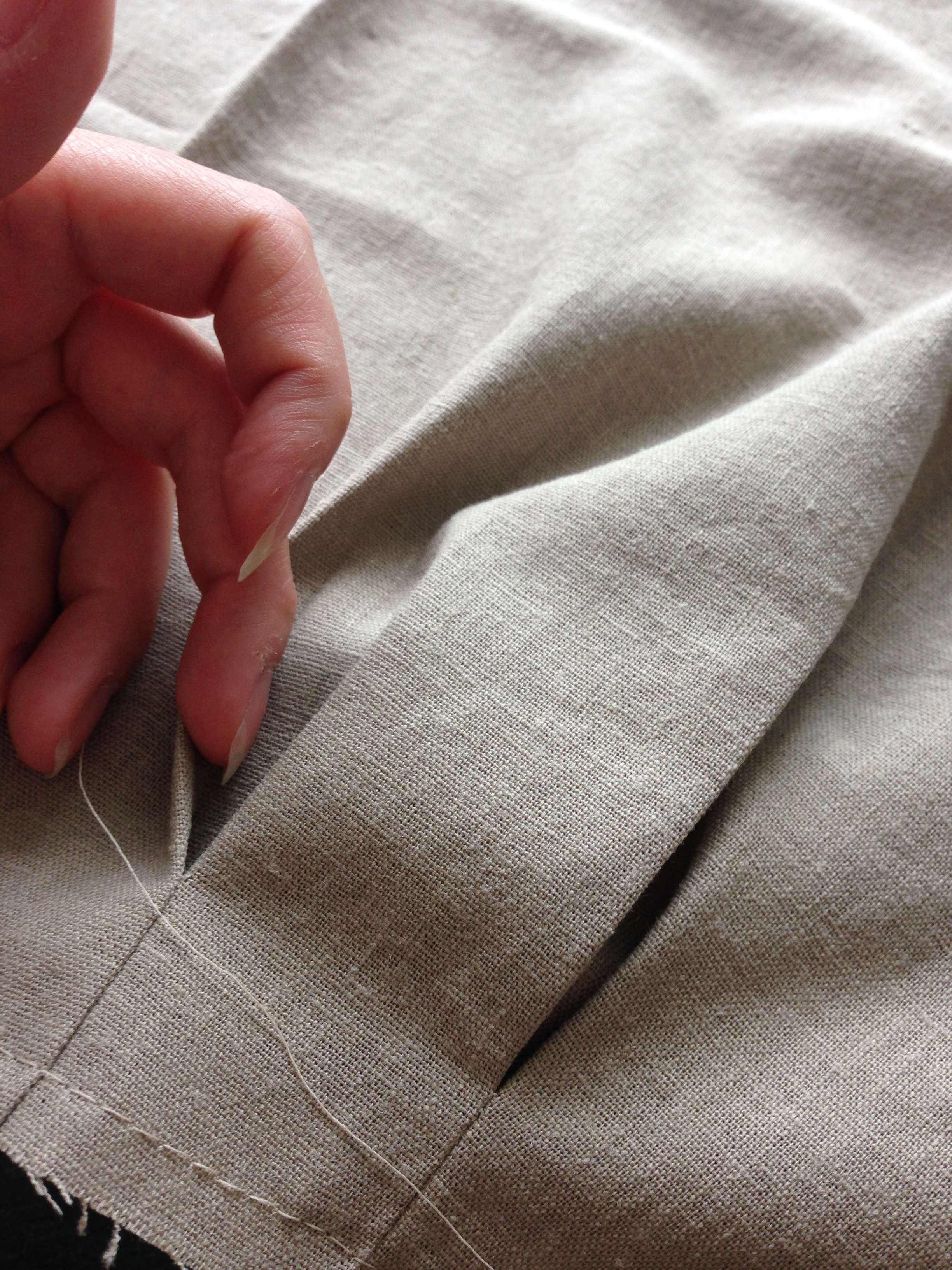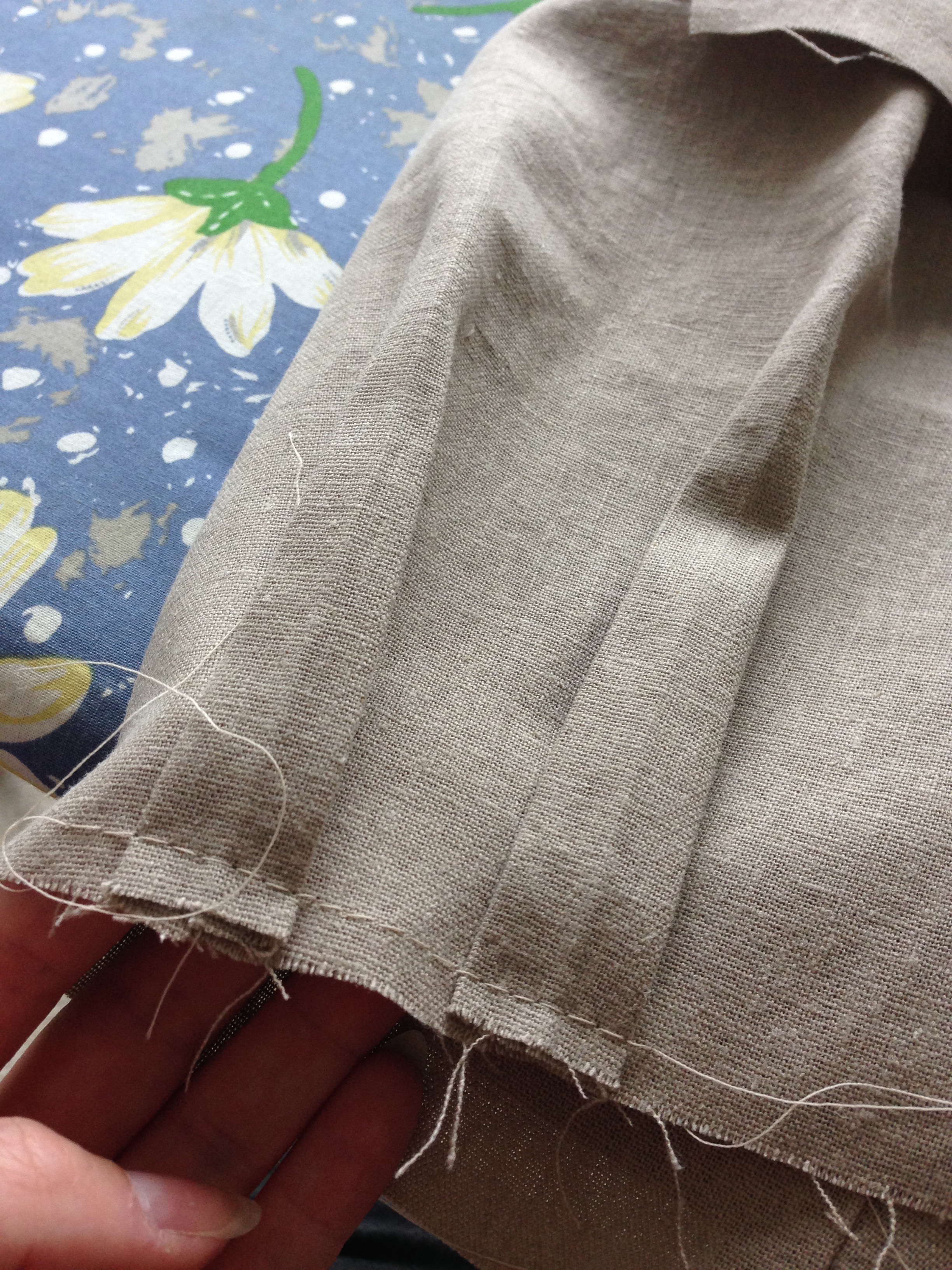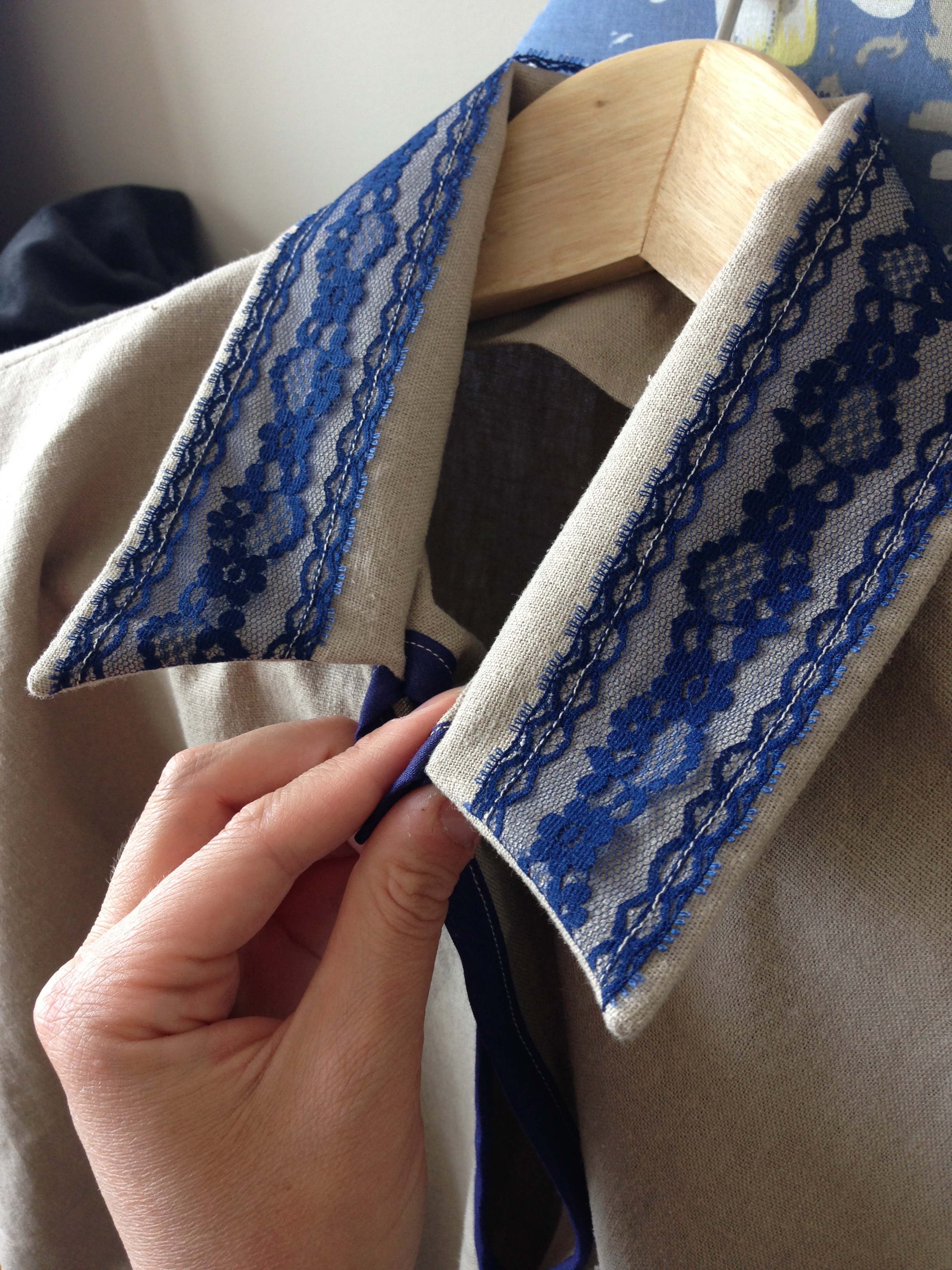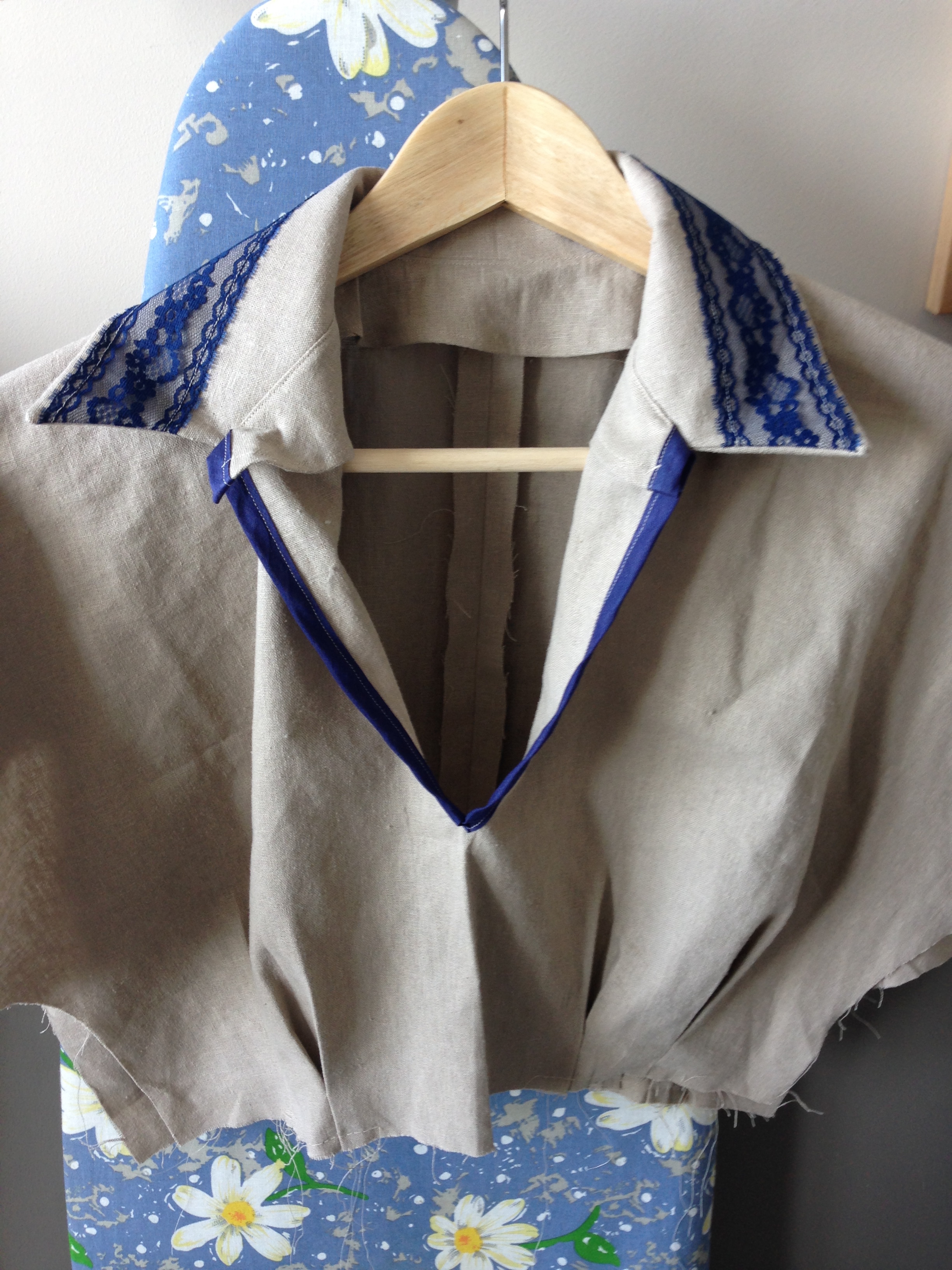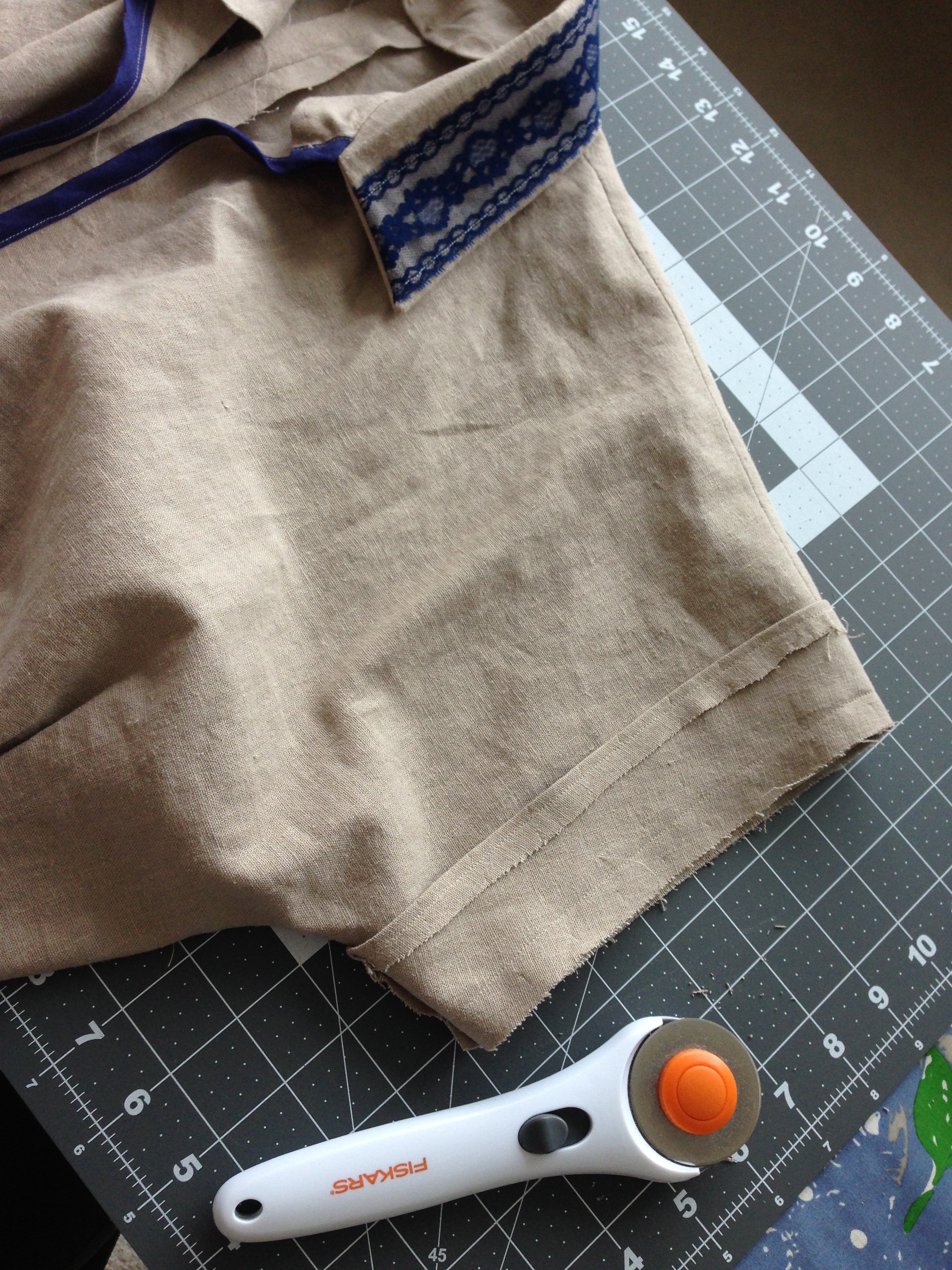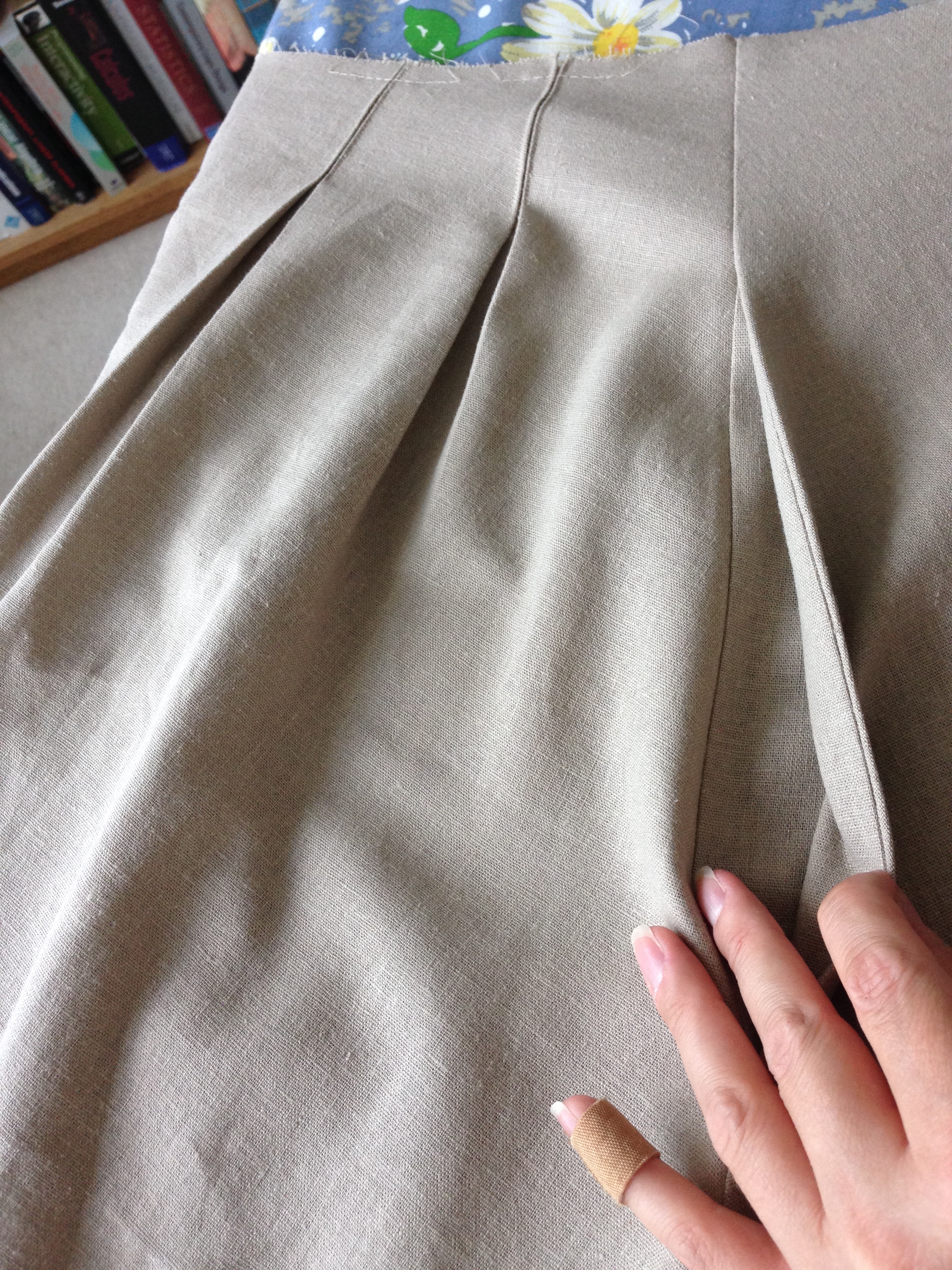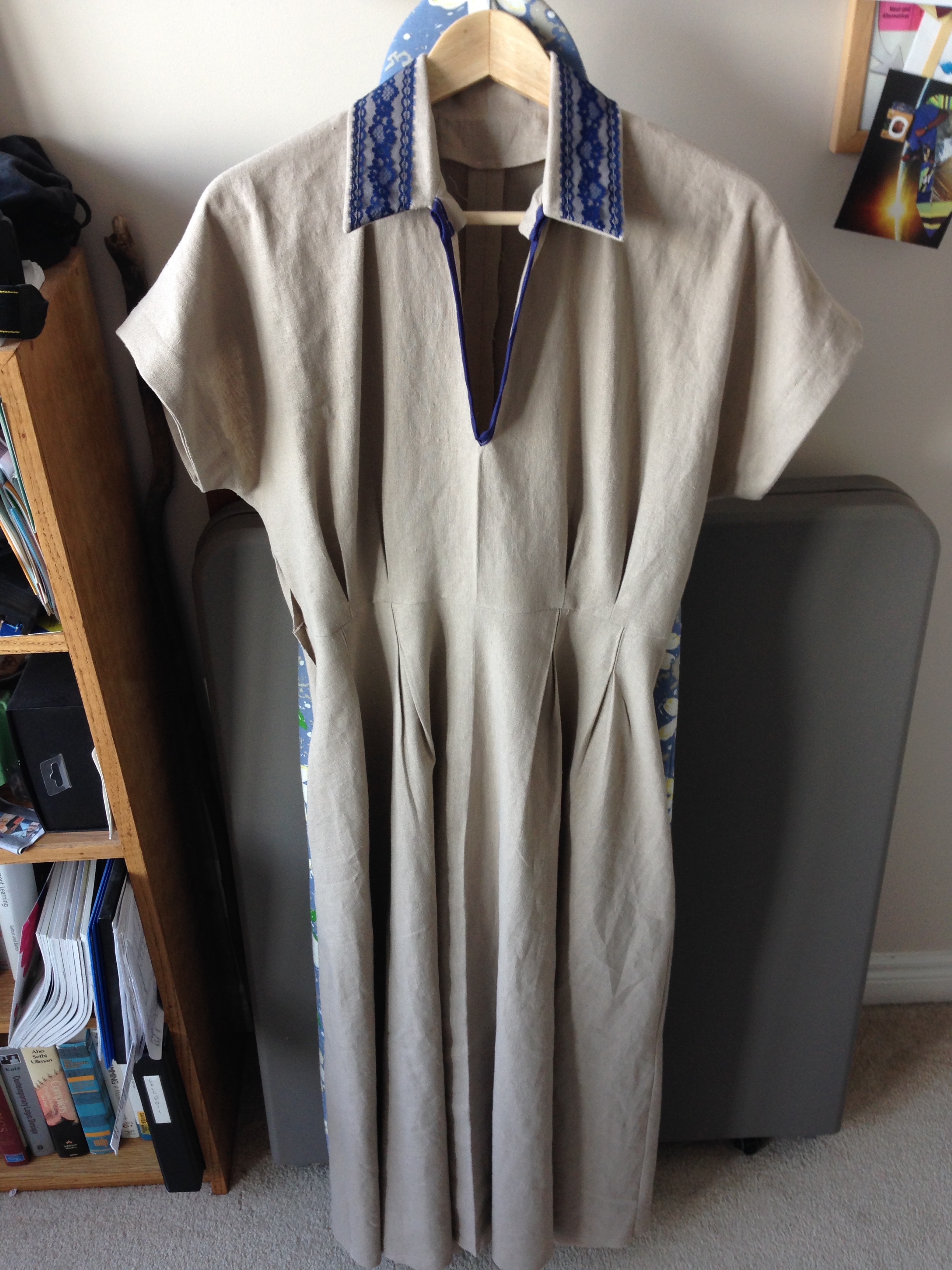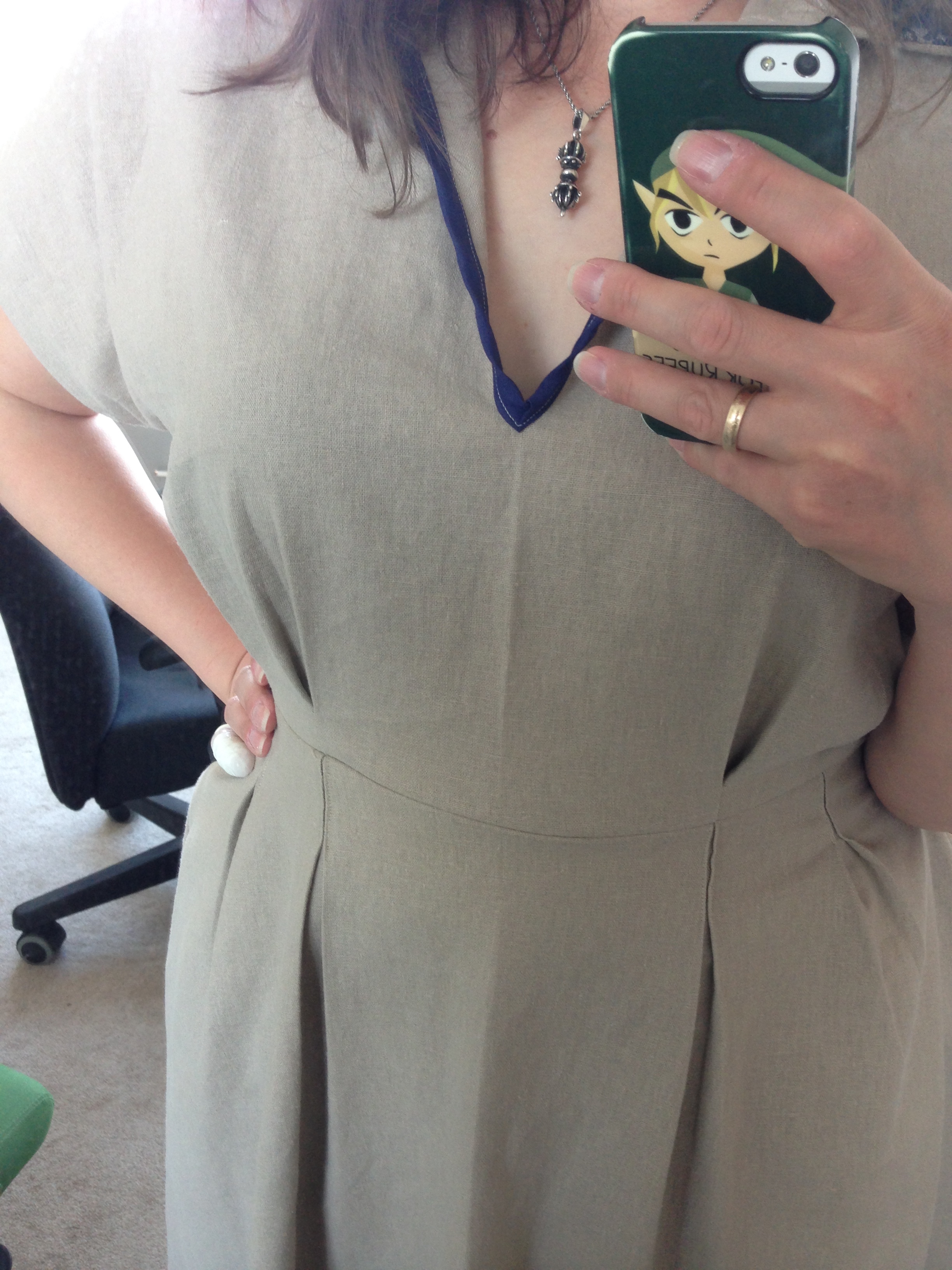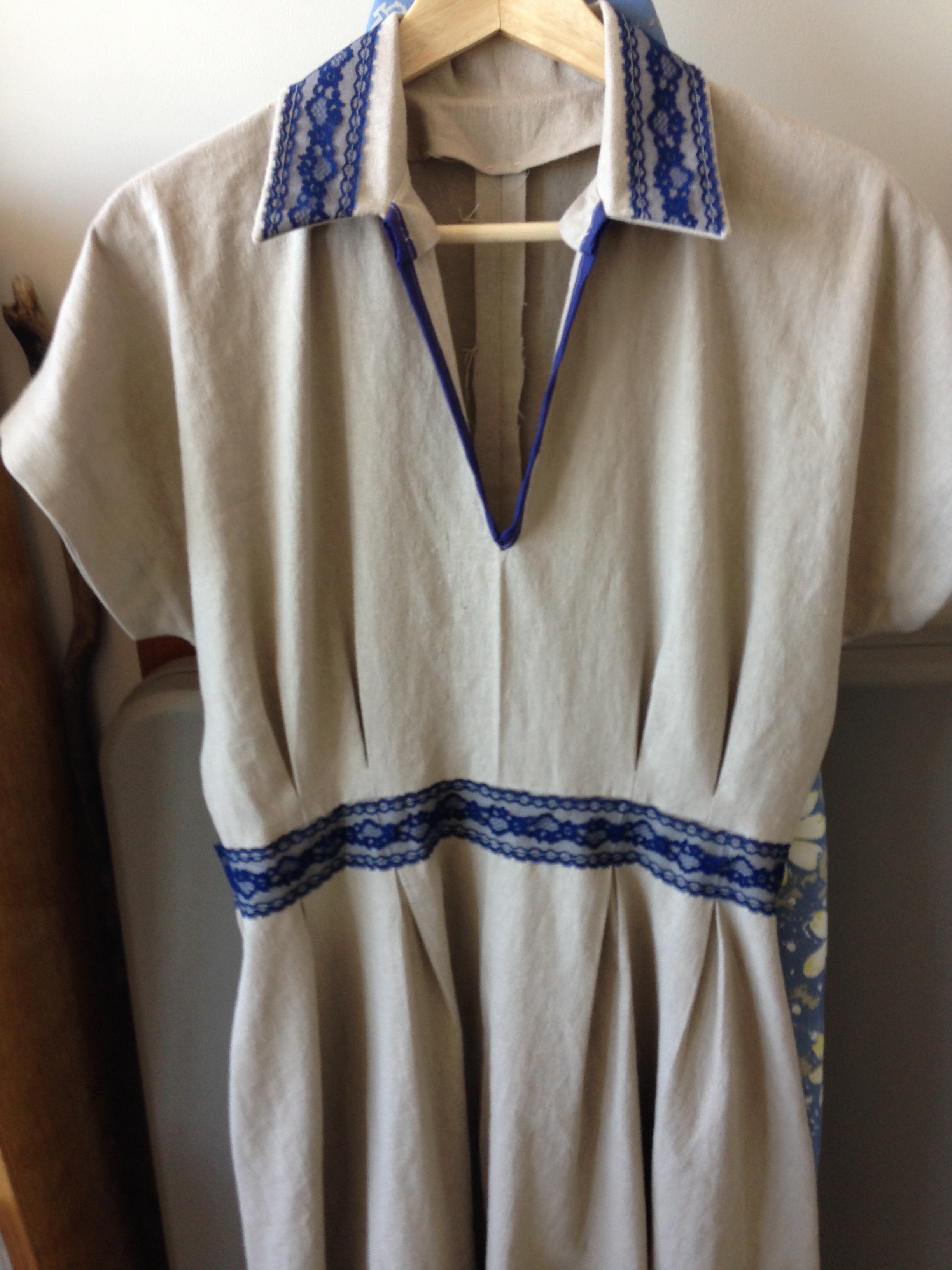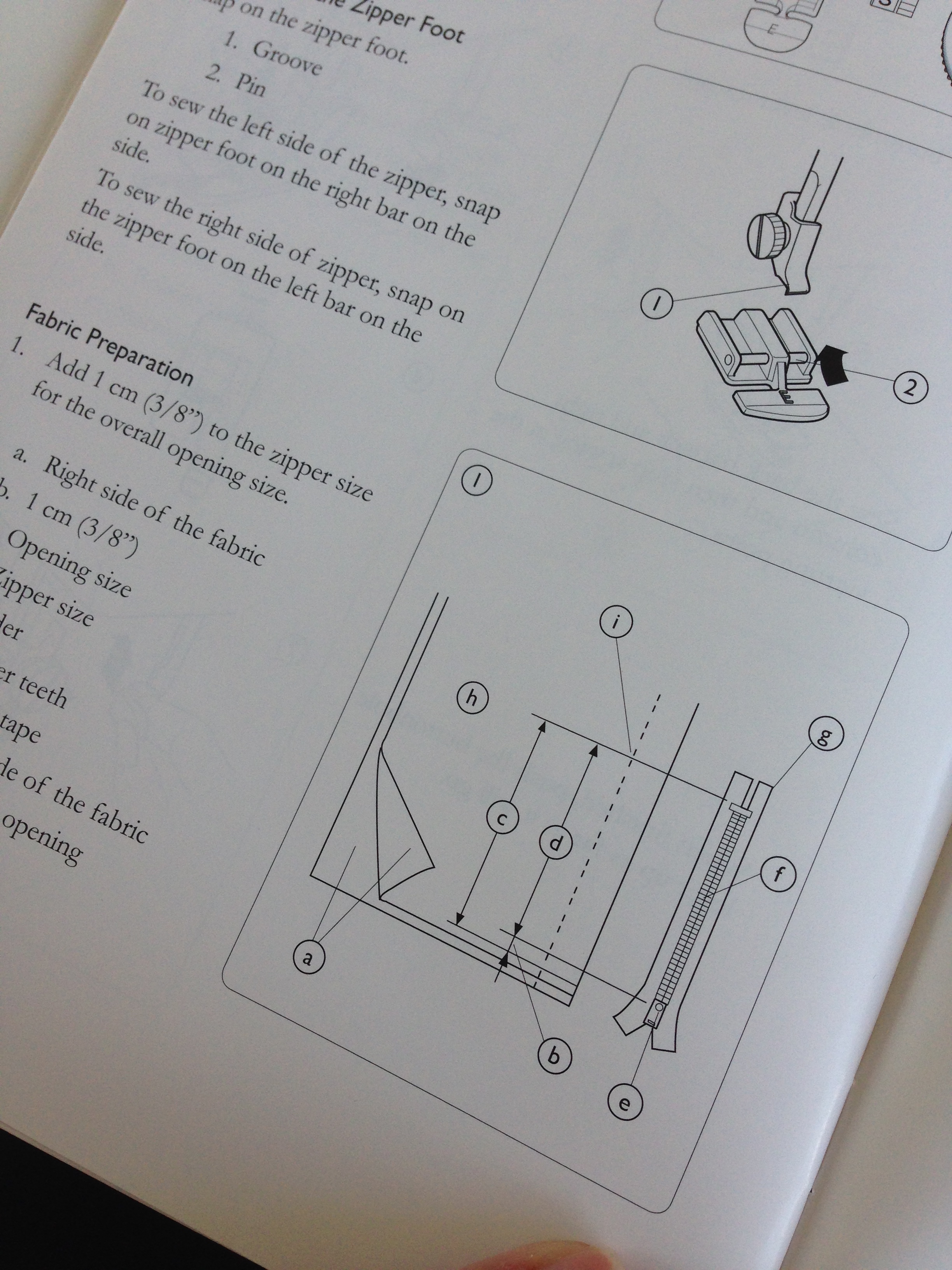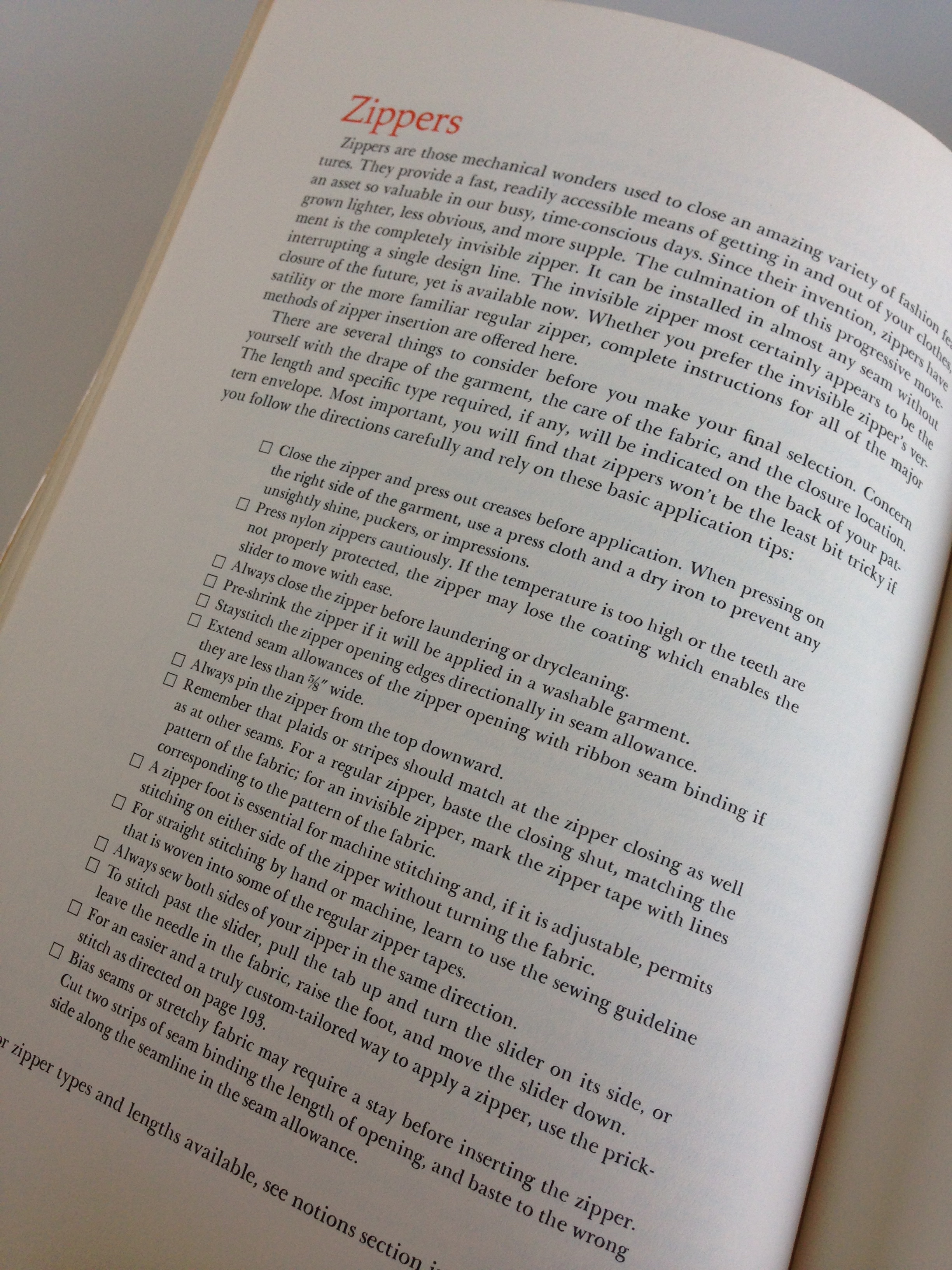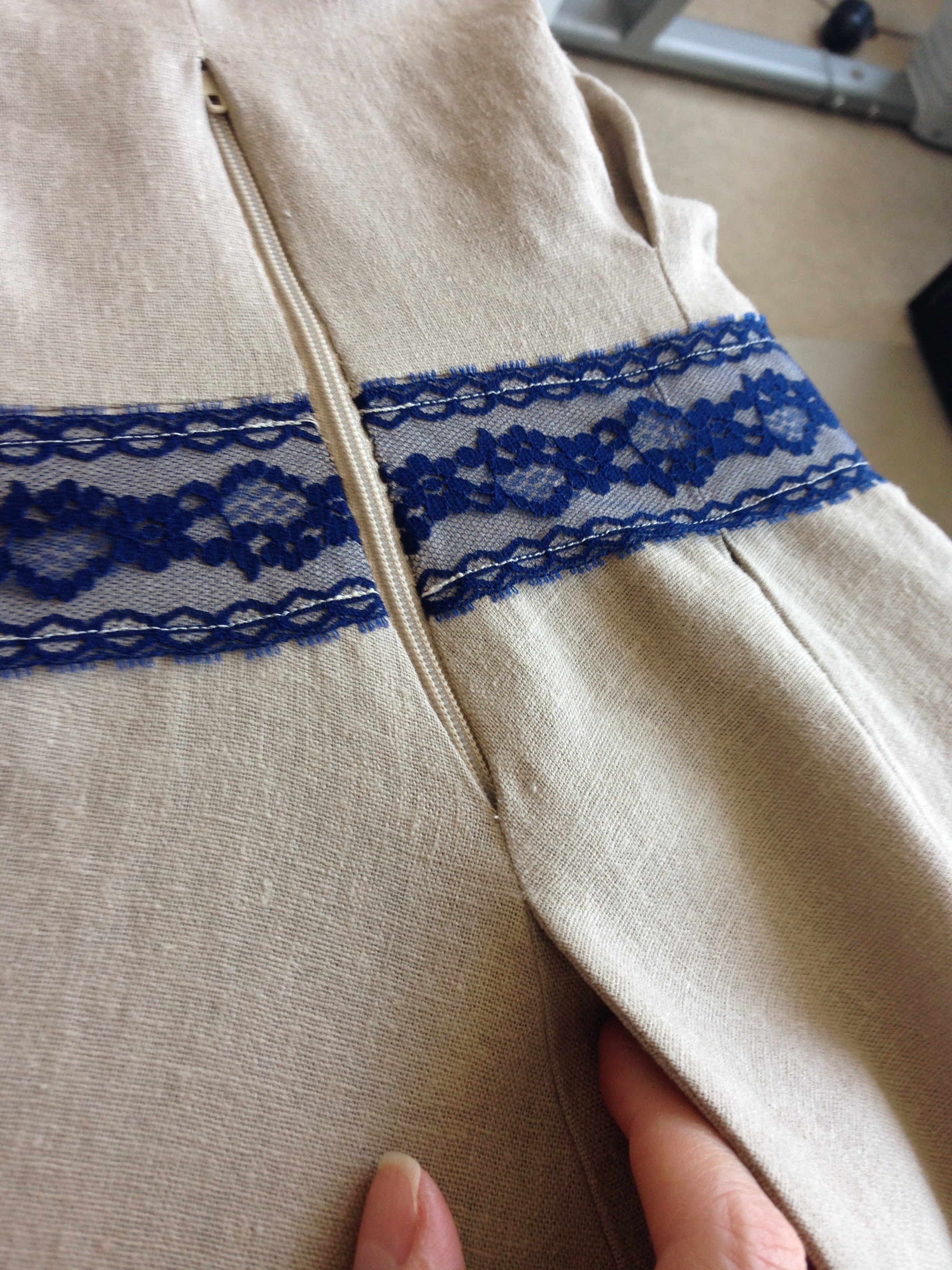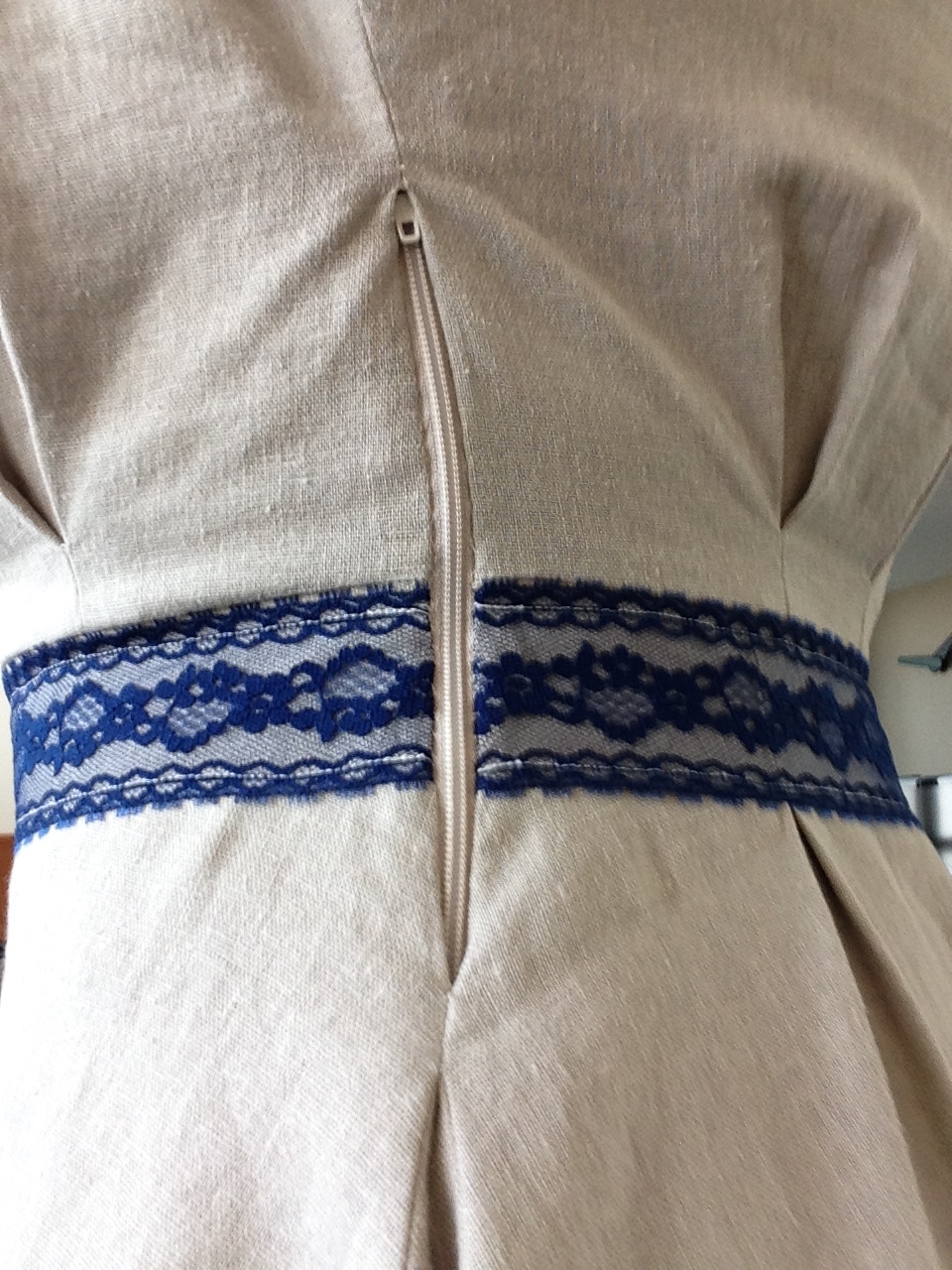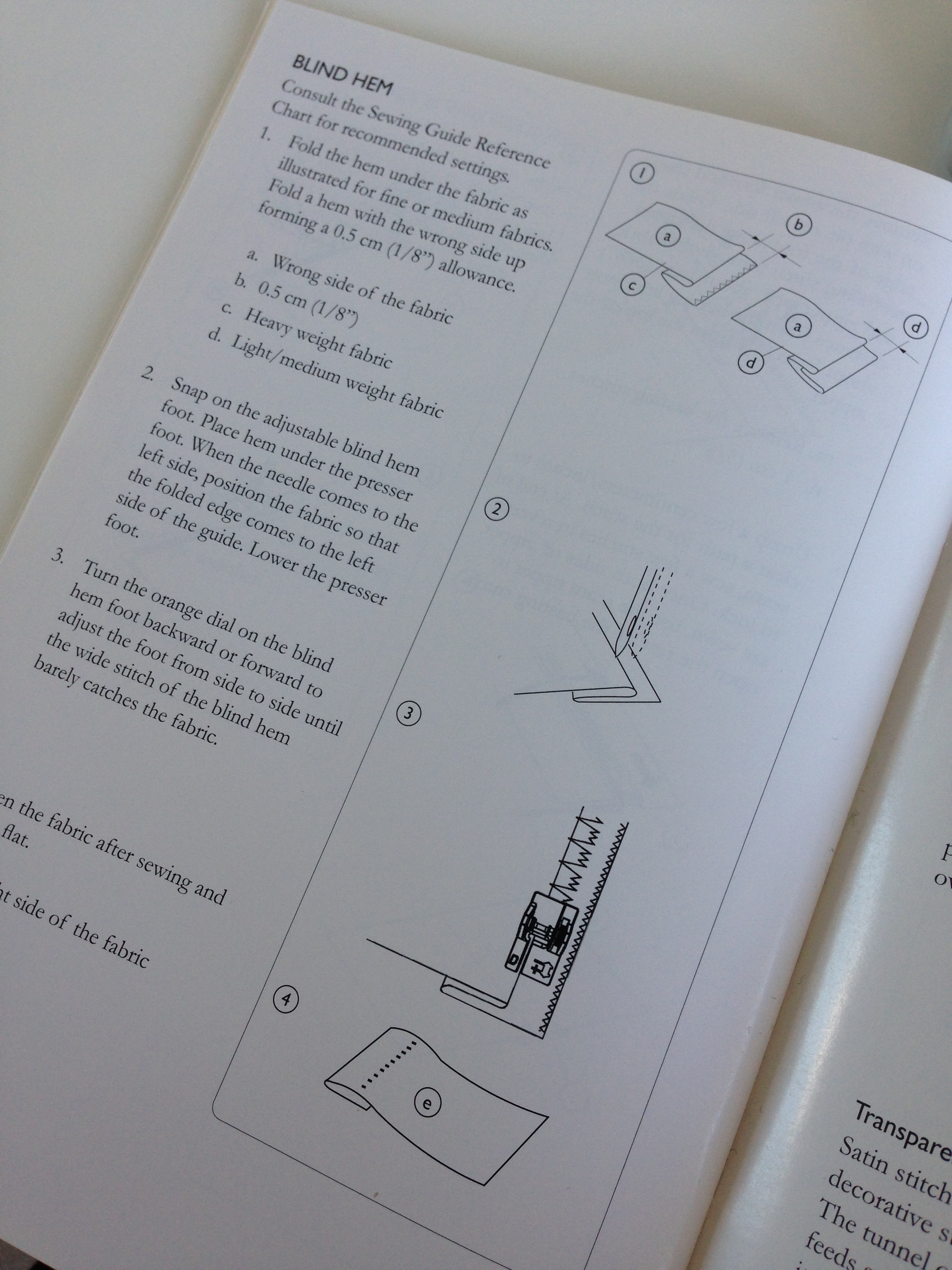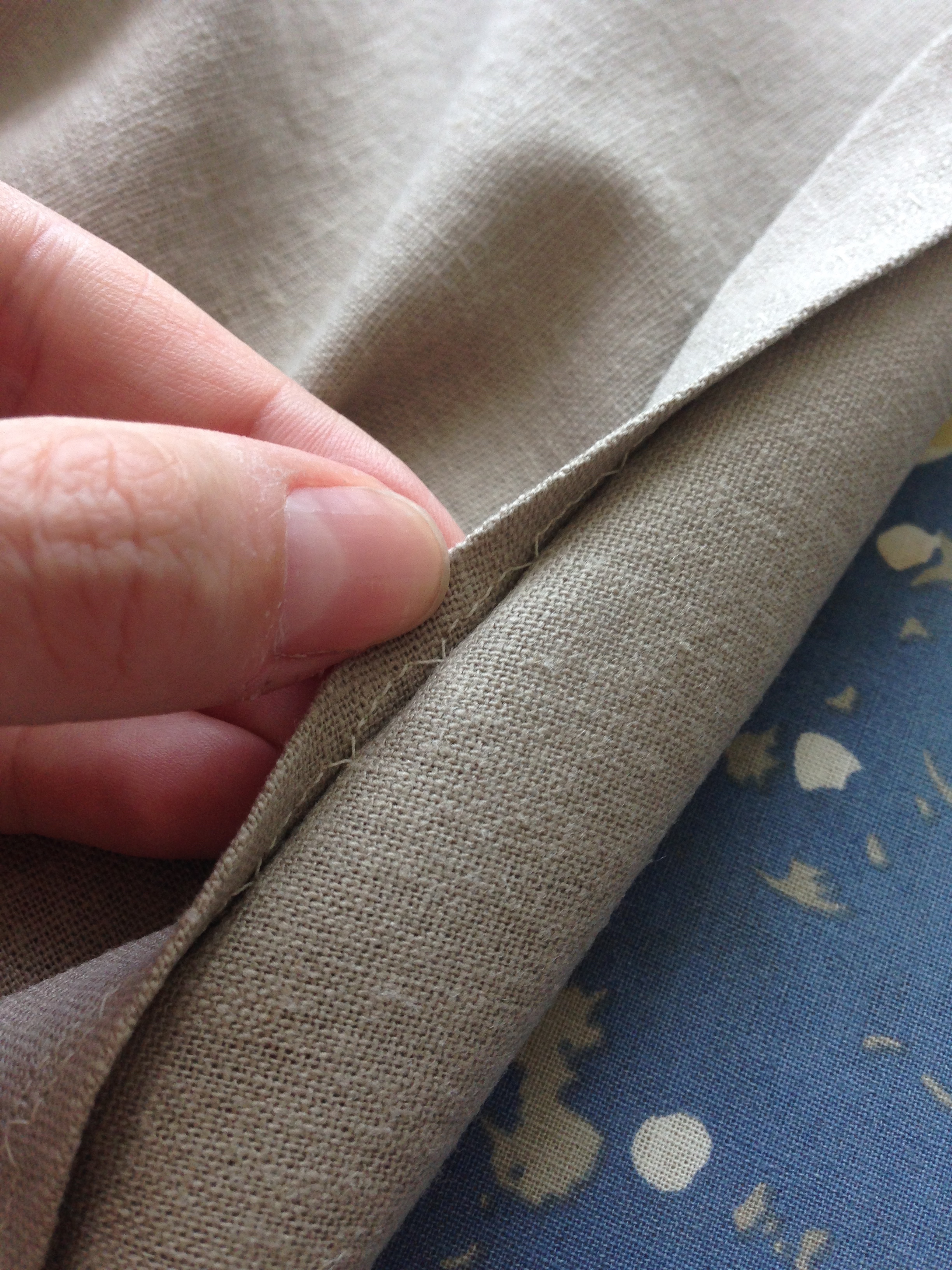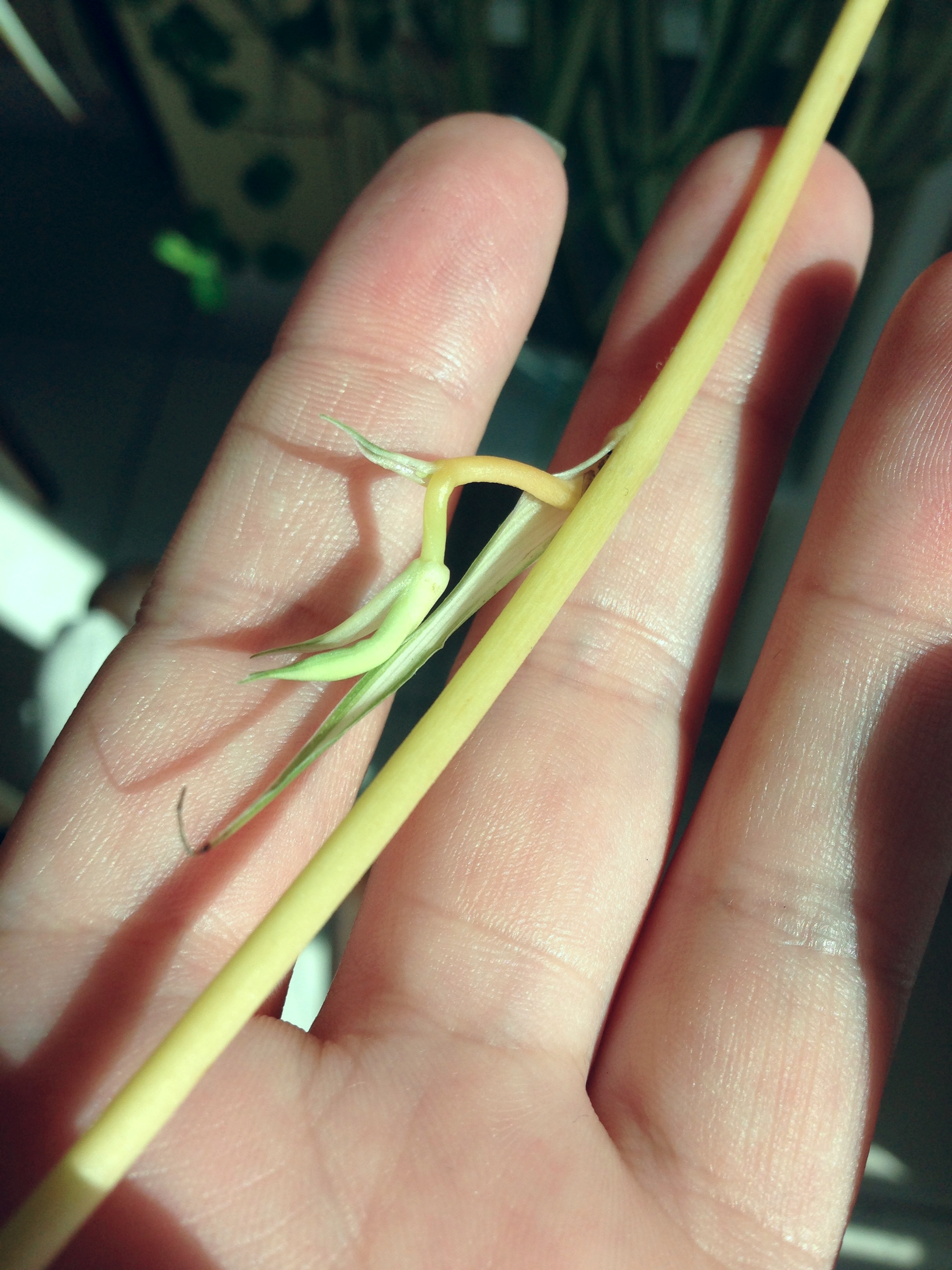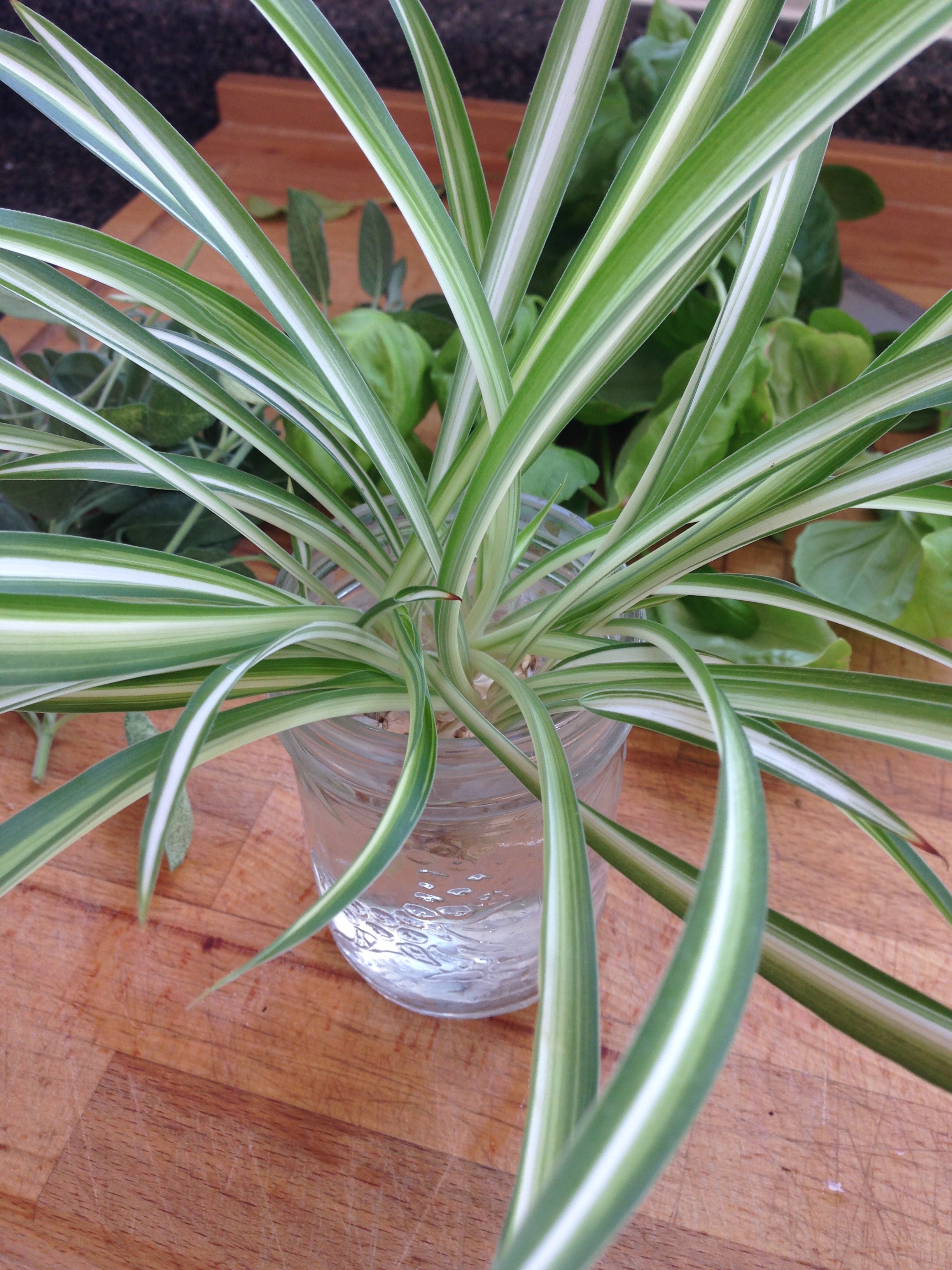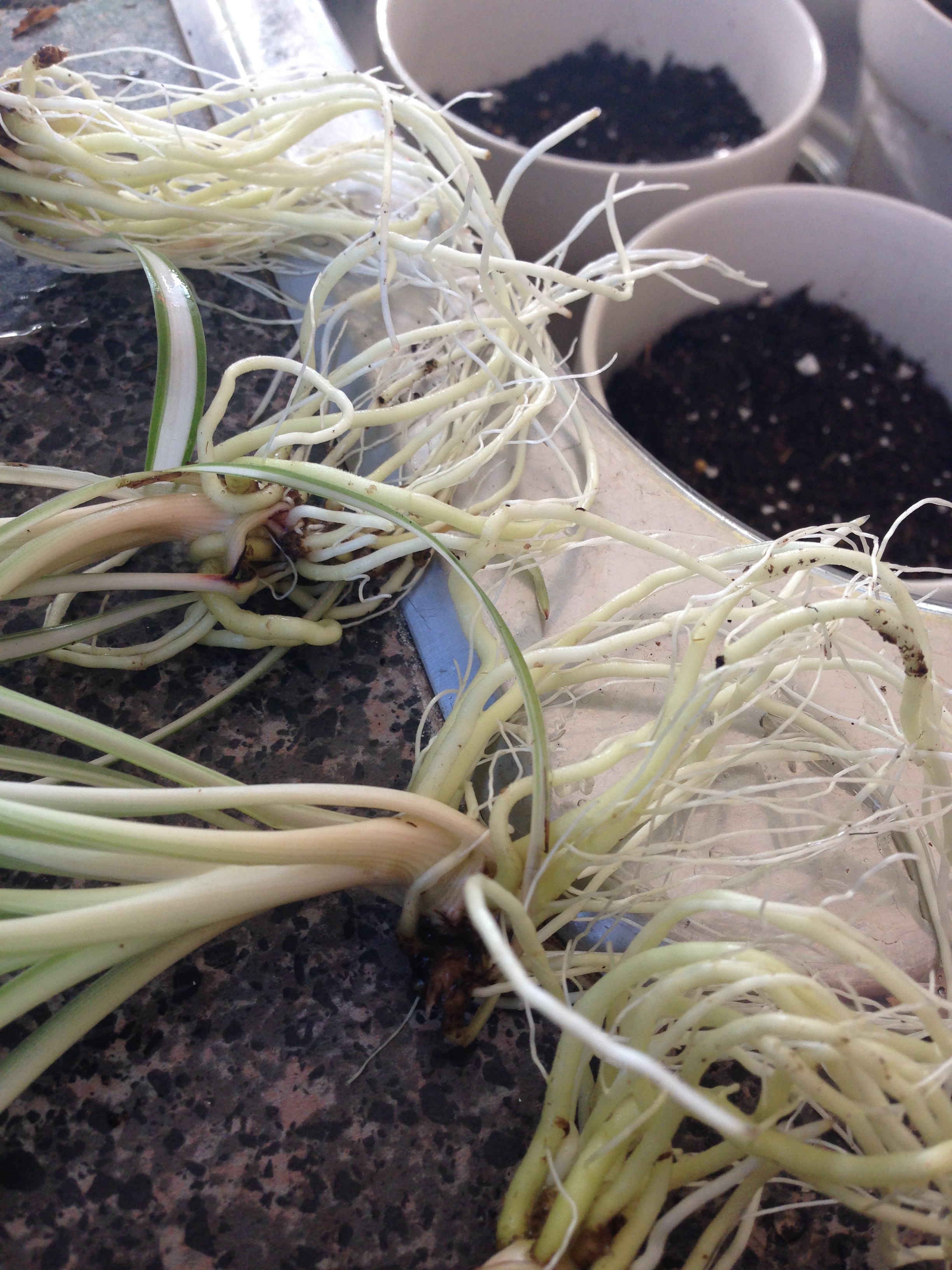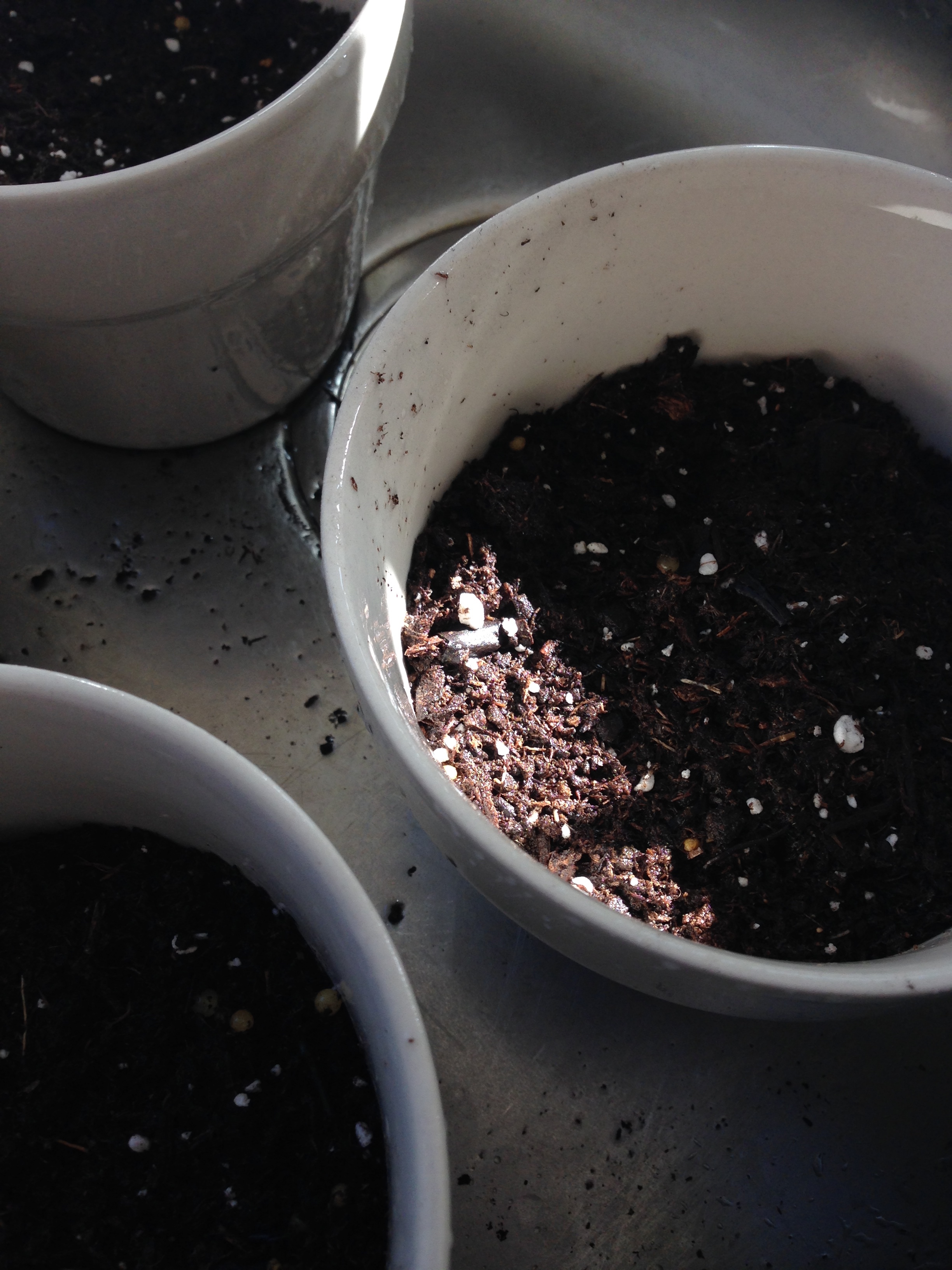Normally when fall approaches I get very excited. (Mainly for all the pumpkin spiced things... yes, I'm one of Those.) But this year I found myself not wanting the summer to end. I just wasn't ready.
With all my wedding jam prep being done, my current knitting project at a redundantly boring spot and Matthew away for a week I went into a bit of a sad sack stupor. Good thing though, because I got at least something off my 'To Do before fall' list. One more step to being ready!
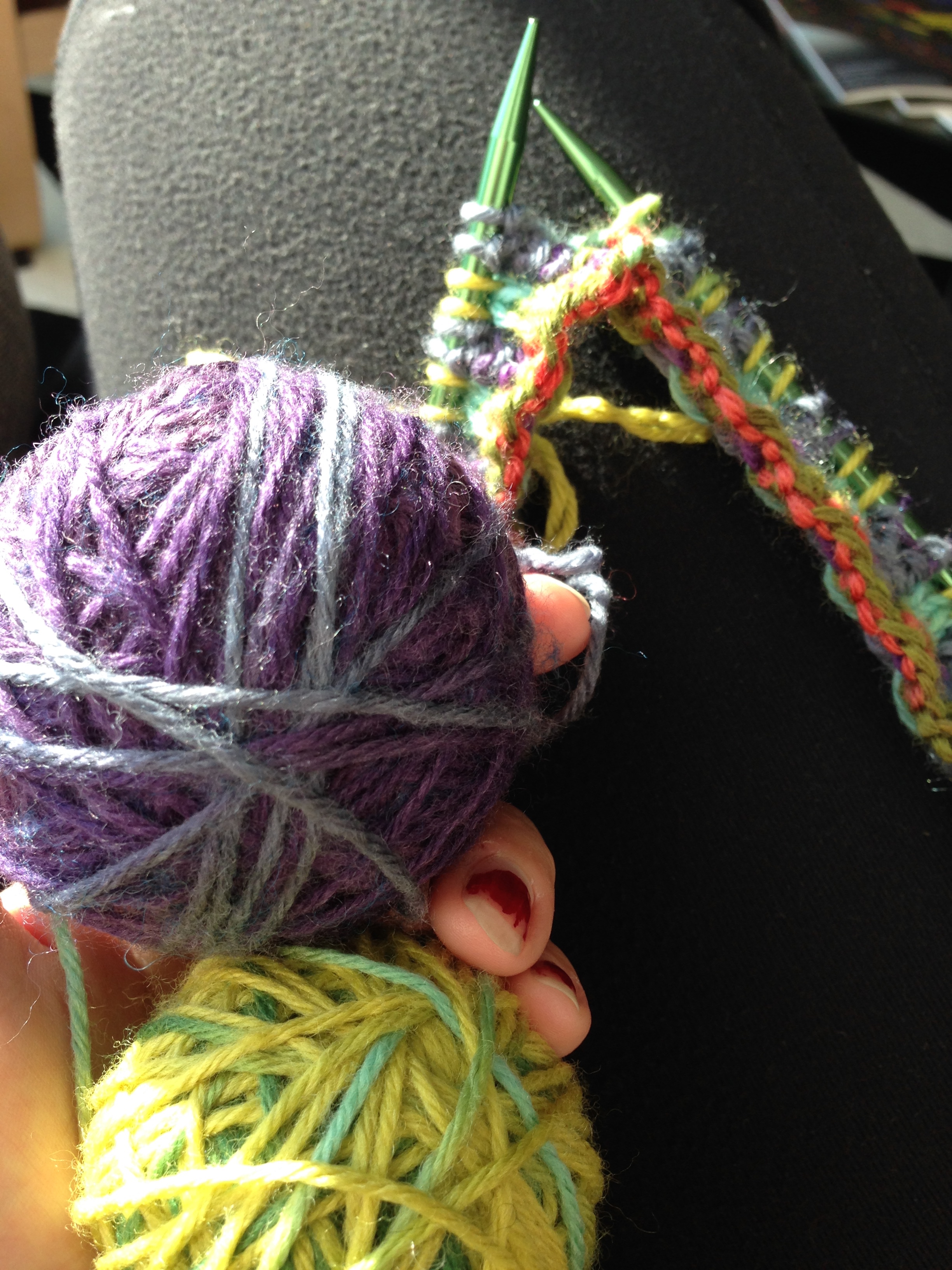


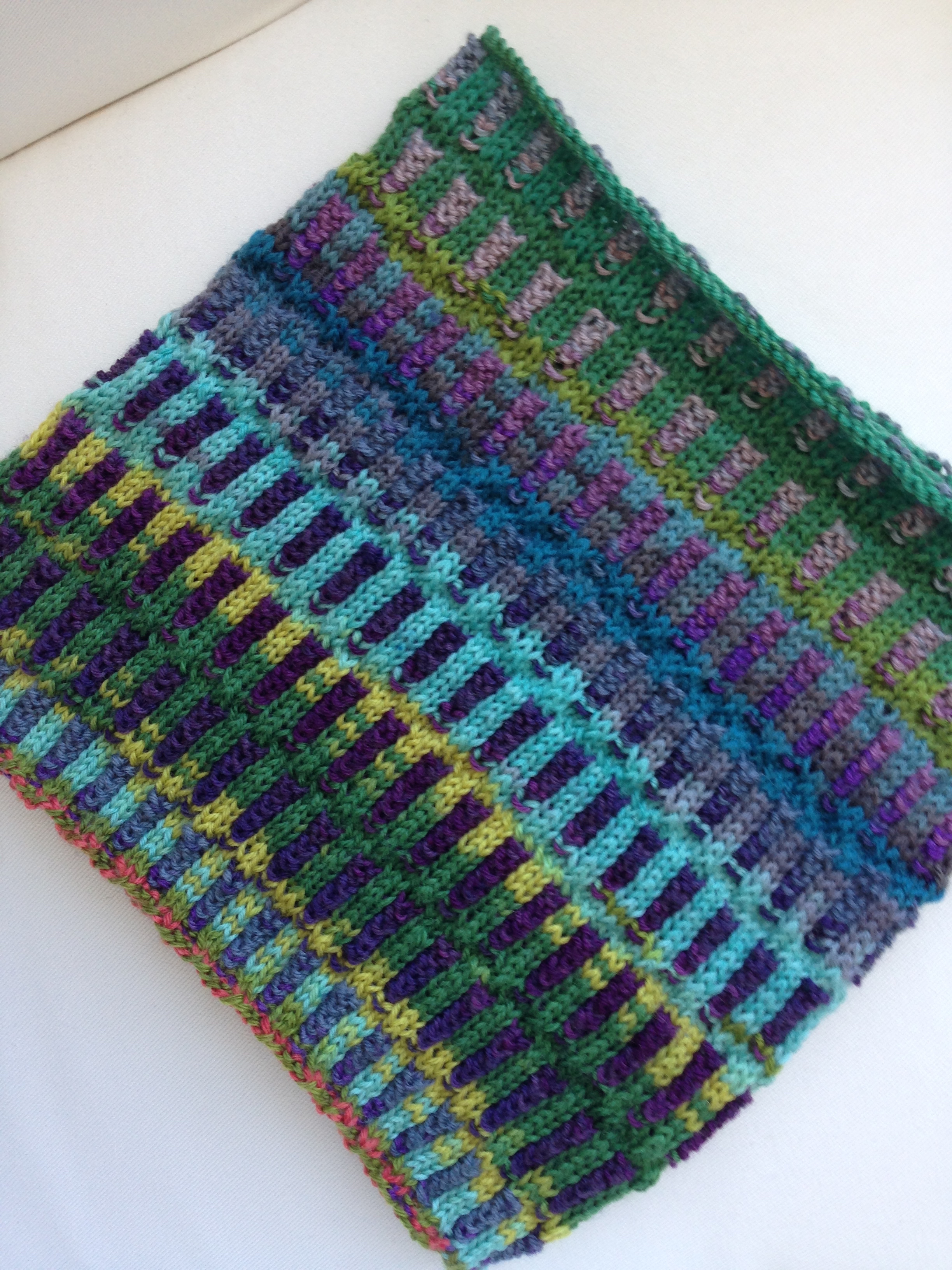
That checked off item was this Inspira Cowl. I had some shifting colourways yarn from a previous project that I had to use and wanted a change from my eventually-to-be-lovely sweater shawl. So onto Ravelry I went! And found this very simple but super fun looking free pattern. Very very easy pattern to follow and a great intro to colour work, if you're looking for one! (Also, did I mention Free? Haha.)
Anyways. It was a quick knit but reminded me that all the lovely scarves and hats will be coming out for another season. Yay!
Bye summer.... I'mma miss you. See you next year! <3
-Andrea
The Half-Assed Hobbyist





